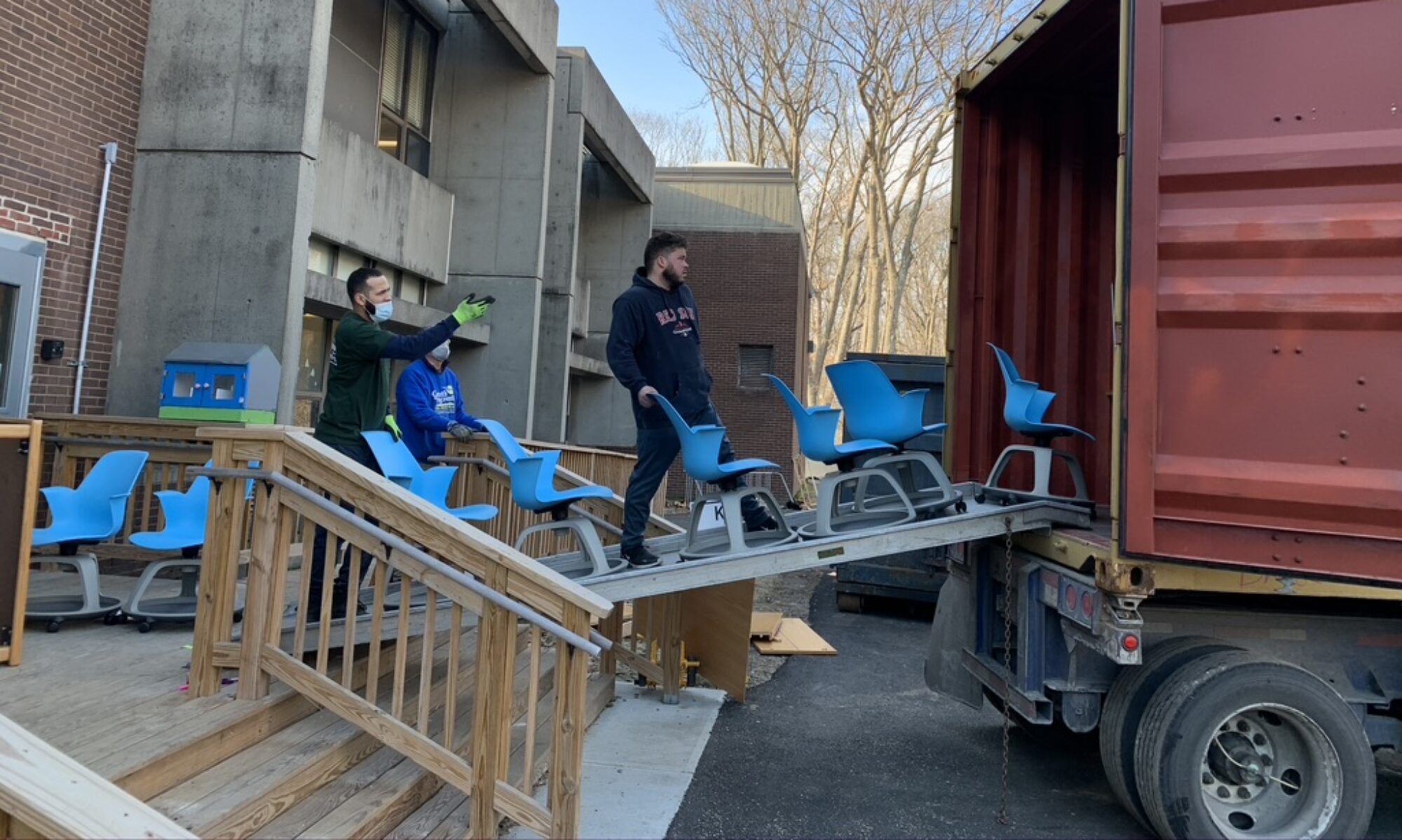I spent a couple of weeks in the Bay Area last month, mostly in Silicon Valley. For someone who’s lived in New England for many years, and particularly for someone who tries to notice the different ways that different people interact with their environment, it’s a different kind of place.
There are no people. A space alien looking in on Silicon Valley would say to himself (or herself, or itself, whatever a space alien is), “What are these strange metal creatures that live on this planet?” There are, to all appearances, nothing but cars in Silicon Valley. You can go entire days without seeing a human being, except, if you’re lucky, a rare sighting of a person rushing from car to office or car to store, or vice versa. There are tens of thousands of office buildings; no people. Hundreds of thousands of houses; no people. I suppose if the space alien had a sensitive protoplasm-meter, he/she/it might pick up the bits of protoplasm in the strange metal creatures, or occasionally a flash of protoplasm scooting from the metal creature to the larger fixed enclosures we call buildings. They’d probably think it was some kind of contaminant. The absence of people is really bizarre.
No people, lots and lots of cars. There are a LOT of cars driving around the Bay Area, all the time, on parallel interstates just a couple of miles apart, and on all the roads in between, going every which way. There is a LOT of pavement, and a LOT of cars.
But not so many SUVs and pickup trucks. Way different than New England. Maybe because we have winters and people think they need four-wheel drive. Maybe because people in our suburbs hang on to the rugged settler thing and buy pickup trucks. I don’t know, but there re a lot less SUVs and pickups in the Bay Area. There are more Priuses, but still not a whole lot of Priuses. And outside of that, there’s not much evidence that people are paying much attention to mileage.
When you do see people, it’s a monoculture. I stayed in a hotel next to a place called the Great Mall. I went looking in the Great Mall for a book. Outside the Great Mall it looked just like every other place in California: lots of cars, no people. Inside the Great Mall, there were lots of people, and I was the only Anglo. Like, the only Anglo. Thousands of faces: 85% Latino, 14% Asian, 1% other, including me, and I might have been all of the 1%. A couple nights later I went to dinner fifteen miles away in Los Gatos, where it was 95% white, 4% Asian, 1% other. (Except in the restaurants, where the Latinos worked.) On a macro scale California may be culturally diverse; on a micro scale it’s as diverse as a cornfield.
Houses too. My God, how do people live here? Thousands and tens of thousands of acres of identical houses on plots of land barely as big as the house. No front yard (just driveway); no back yard. No side yards – hell, you have to keep your windows shuttered because your neighbor’s window is five feet away (unless you build a fence, which most people seem to do). This is bizarre and incomprehensible. If you’re not going to have any space anyway, why not just join the houses together like old-fashioned row houses. Saves a lot of energy. Saves a lot of building materials. Doesn’t make a whit of difference for privacy, if anything gives you more privacy, and if you added up the smidges in between you’d have enough land for some open space and parks. How do people live here? I don’t have a clue.
But San Francisco has hope. Unexpected, especially for a person who lives in the middle of New Hampshire, but San Francisco is the one place that, environmentally and socially, offers the least glimmer of hope for a future. So much easier and more efficient to provide services. So much easier to provide transportation. Practical without automobiles. High housing densities that leave room for open space. Multiple-story structures joined side to side, saving lots of energy. Micro-scale polyculture rather than the color-coded monocultures in the suburbs. As a city, San Francisco conserves the countryside and its environmental services. Unlike the rest of the Bay Area, it’s a place and a model that might just survive. Who would have thought it?
And it will all go away. Maybe you get used to this if you live there, but looking at pictures at the earthquake in 1906 it’s hard to imagine that 2016 or 2026, or whenever it comes, will be much different. Hopefully, when it does come, it will be in a series of survivable quakes and not one cataclysmic El Destructo. One way or another it will be really, really bad. Mother Earth will remind us, loud and clear, that “Sustainable” is at her whim. That, I think, is the lesson we should live with every day.
